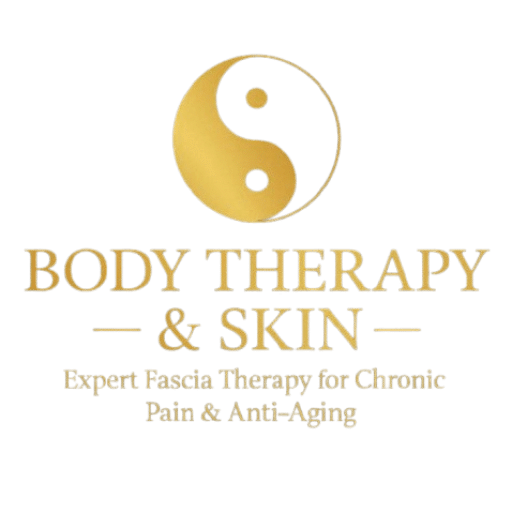In the pursuit of improved physical well-being, individuals are constantly seeking innovative ways to optimize their health and fitness routines. Assisted Stretch Therapy, a cutting-edge technique gaining popularity in recent years, offers a promising solution for enhancing flexibility, mobility, and overall body functionality. This article delves into the world of Assisted Stretch Therapy, exploring its benefits, techniques, and the science behind its effectiveness.
Understanding Assisted Stretch Therapy

What is Assisted Stretch Therapy?
Assisted stretch therapy is a technique where a trained therapist helps you move through a series of stretches. Unlike traditional stretching, where you stretch on your own, assisted stretch therapy involves a therapist guiding your body into the correct position and applying gentle pressure to help you stretch further.
How does Assisted Stretch Therapy work?
During an Assisted Stretch Therapy session, a certified therapist guides the client through a series of controlled movements. By combining active muscle contraction and relaxation with expert guidance, the therapist helps lengthen and release tension in tight muscles, promoting increased flexibility and range of motion. This technique is designed to enhance blood flow, improve joint mobility, and reduce muscle imbalances and stiffness.
The Benefits of Assisted Stretch Therapy
Improved Flexibility and Range of Motion
Assisted Stretch Therapy targets specific muscle groups, promoting their elongation and increasing flexibility. Regular sessions can help individuals overcome muscle tightness caused by sedentary lifestyles, intense physical activities, or injuries. By enhancing flexibility and range of motion, Assisted Stretch Therapy aids in injury prevention, enhances athletic performance, and promotes better posture.
Enhanced Recovery and Injury Rehabilitation
Athletes and individuals recovering from injuries often turn to Assisted Stretch Therapy for its rehabilitative benefits. By increasing blood circulation and promoting the delivery of oxygen and nutrients to the muscles, this therapy accelerates the healing process. Additionally, it helps reduce scar tissue formation, speeds up recovery time, and prevents muscle imbalances that can lead to future injuries.
Stress Relief and Relaxation
Assisted Stretch Therapy not only benefits the physical body but also promotes mental well-being. The rhythmic movements, combined with deep breathing techniques, induce a state of relaxation and reduce stress. The release of endorphins during the stretching process further contributes to an improved mood, reduced anxiety, and better overall mental health.
Techniques Used in Assisted Stretch Therapy
PNF Stretching
Proprioceptive Neuromuscular Facilitation (PNF) stretching is a commonly used technique in Assisted Stretch Therapy. It involves alternating cycles of contracting and relaxing targeted muscles to achieve a deeper stretch. PNF stretching enhances neuromuscular coordination and activates the body’s natural reflexes, facilitating increased muscle flexibility.
Active Isolated Stretching (AIS)
Active Isolated Stretching (AIS) focuses on dynamic stretching of individual muscle groups. Clients actively participate in the stretching process by performing specific movements while the therapist provides guidance and support. AIS enhances muscle flexibility and joint mobility, making it an effective technique for athletes, fitness enthusiasts, and individuals seeking improved functional movement.
Conclusion:
Assisted Stretch Therapy offers a multitude of benefits for individuals looking to improve their flexibility, mobility, and overall well-being. Through its targeted techniques, including PNF stretching and Active Isolated Stretching (AIS), this therapy promotes enhanced range of motion, aids in injury rehabilitation, and provides stress relief. Whether you are an athlete seeking better performance or someone looking to enhance your everyday movement, Assisted Stretch Therapy can be a valuable addition to your wellness routine.


